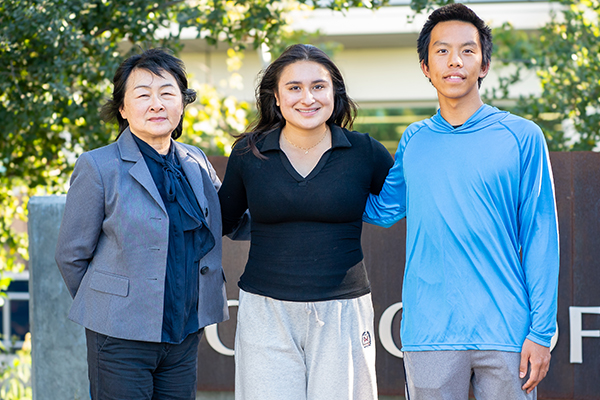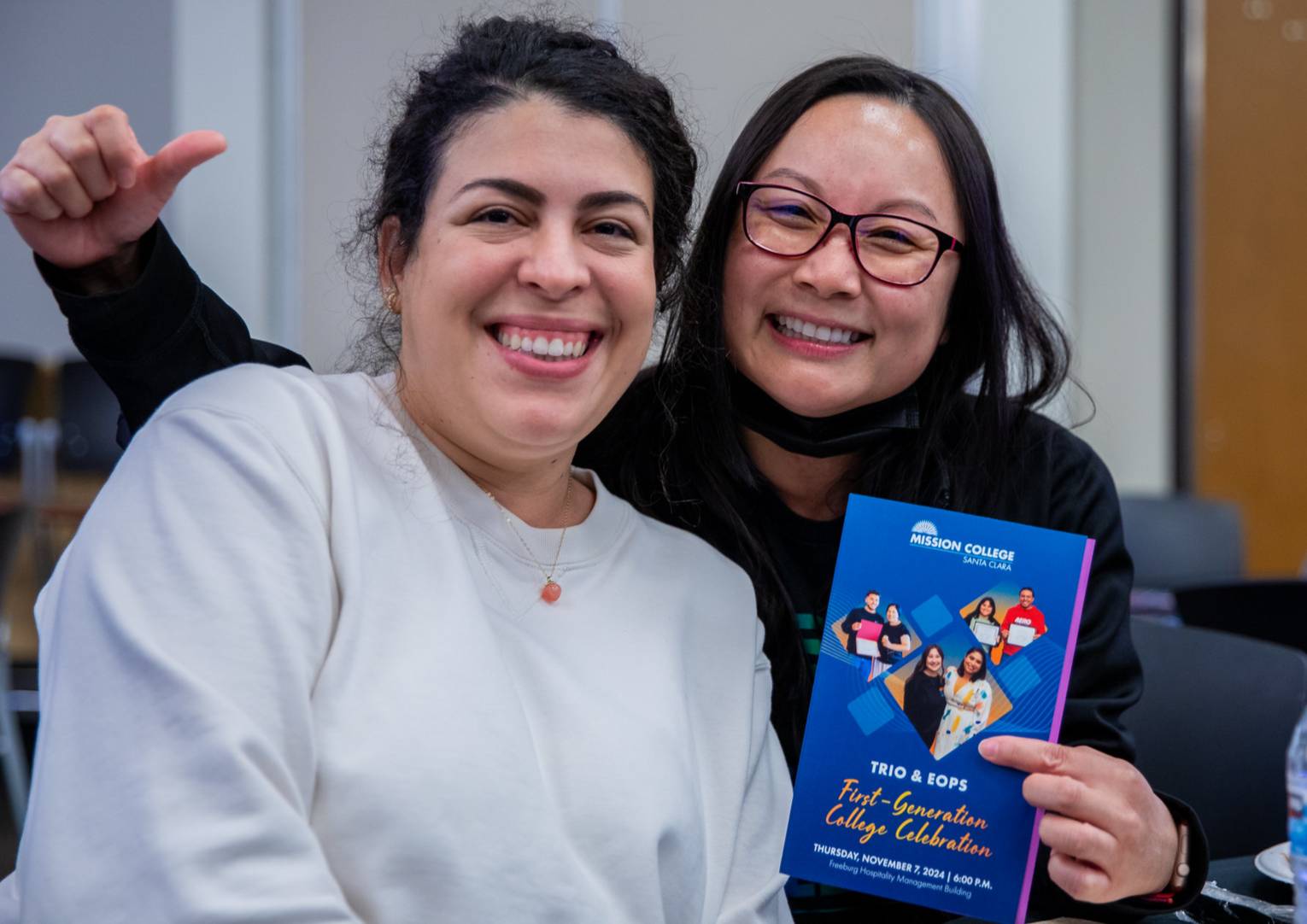Free College Coming This Spring

This Spring, the West Valley-Mission Community College District will provide free tuition to any student living in the district’s service area. This remarkable step reinforces our belief that an enriching collegiate experience shouldn’t bury students in debt.
Everything we do is centered in the success of our community and the people who live here. The Free College Initiative is an example of our district’s commitment to removing as many barriers as needed to keep higher education accessible to everyone.
I caught up with Chancellor Bradley Davis to learn more about this major decision. I learned about the costs, who’s paying for it, and how our supporters are still a very important piece of the puzzle when it comes to student success.
Melissa: Free tuition seems too good to be true. Is there a catch?
Brad: This new initiative means that starting this spring, any student in our district’s service area can attend West Valley or Mission College and have no tuition costs. We encourage every member of our community to take advantage of this outstanding benefit.
Melissa: Can you be any age and still take classes for free?
Brad: There’s no limit on age. In fact, we consider lifelong learning to be a key component of what we do. We encourage members of our community to take courses in a whole variety of disciplines and in whatever interests them. When people would like to facilitate growth in their current career or start a new career, we're here to support them in any way possible regardless of age or prior educational experience.
Melissa: How many years can a student come here for free?
Brad: Well, right now, there's no limit. We're starting it in the spring. Our expectation is that it will be ongoing for the foreseeable future. You can pursue any number of degrees or certificates that you wish and there is no limit on your ability to enroll in courses and receive the free tuition waiver.
Melissa: It’s great that we can make community college truly free for everyone. Where’s the money coming from?
Brad: The funding to support free college comes from two sources. Some students’ free tuition is paid for by dollars that come from the State of California. But for local students who don’t qualify for fee waivers from the state, we will use our local funding. Our district’s community support status means that local property tax revenue flows to our district. That's why we're so excited to offer free tuition and fees for every resident of the district. It’s the greatest representation of local taxes supporting the local community.
Melissa: What's the total cost all in if every student attends for free?
Brad: We think it would cost us approximately $4-$6million per year to provide this free tuition benefit to everyone who qualifies.
Melissa: So what do you say to donors who ask why they need to donate when students attend for free?
Brad: We're very blessed in this district to be able to have the resources to support students with free tuition, free medical care, and free childcare. However, the costs of attendance often far exceed what we can provide students. Donating to support students holistically and to help remove barriers that exist outside of tuition and other fees associated with matriculation is really a golden opportunity to help them achieve their educational dreams. For instance, books are oftentimes the most expensive component of the student's educational experience. Many of our students work one or two jobs or are housing insecure, have food insecurity, and struggle just to make daily ends meet. We can offer free tuition, but students still have so many other costs associated with getting an education. From transportation to housing to insurance costs for students with families. We know that tuition and fees only represent about 20-30% of a college student’s expenses.
Melissa: Let’s break that down into dollars. What is the total cost right now for a student just in tuition and fees?
Brad: It's approximately $1,000 per semester for a student to attend full-time.
Melissa: It sounds like donors are still an important piece of the puzzle and supporting college programs or student scholarships is a great way to help students.
Brad: Absolutely. Students can use their scholarship funding to offset other educational or living expenses. For example, it’s common for a book to cost between $200-$300. Our district has done a great job of facilitating the use of online educational and open educational resources that are no cost. But there are simply some courses where those materials don't exist yet and we are a prisoner to the high costs of textbooks that are out there.
Melissa: Is this Free College Initiative a pilot program?
Brad: No. My hope is that this program will continue. Certainly for as long as I'm Chancellor and as long as we can continue to do this. But in addition to the free tuition, our plan is also to create other additional services to remove financial barriers for students including providing free food in the campus cafeterias providing expanded mental health resources, expanding the “WVM Go” shuttle services between the two colleges and other things to help manage the cost that students experience apart from tuition and fees.
Melissa: How can the community help get the word out about this?
Brad: Well, everyone reading this could share with their network so that people know we are targeting all members of our community, not just the traditional 18 to 24 year old college students. We want to see older adults, senior communities, working adults looking to retool their career too. This is truly a blessing to be able to offer this to our communities. We want to make sure that everybody knows about it. And that they’re aware of the process to take advantage of it.


